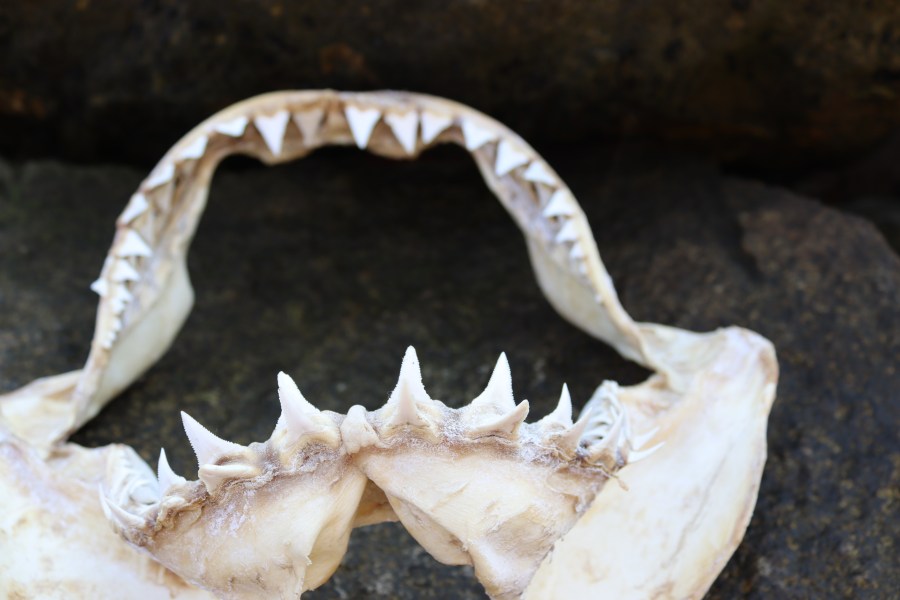SANTA CRUZ, Calif. (KRON) — Following a shark attack in Bodega Bay that left a surfer with a serious bite wound, marine biologists say this is the time of year when big sharks swim close to Northern California beaches.
Shark experts and surfers alike call the month of October, “Sharktober.”
In addition to shark migration routes bringing more large great white sharks in close proximity of the Bay Area, there are also more sharks overall due to a recent population rebound, according to marine researchers.
Santa Cruz-based marine biologist Giancarlo Thomae studies the toothy predators from the sky using a drone, as well as up-close in the water while paddling in his kayak.
During one of his recent drone flights, Thomae observed 20 great white sharks hanging out near one Santa Cruz County beach known as “Shark Park.”
“It was pretty epic,” Thomae said.
Thomae said he’s observed a great white shark “baby boom” in recent years.
“Great white reproduce very slowly and late in life. But now we are just starting to see a baby boom. We are seeing more and more sharks every year,” Thomae said.
A shark population study conducted by Stanford University and the Monterey Bay Aquarium confirmed that there are in fact more white sharks living in the “red triangle.” The red triangle is an ocean zone with the Monterey Bay, Farallon Islands, and Bodega Bay as its three points.

Every white shark has a unique dorsal fin, like a fingerprint. For the study released earlier this year, researchers photographed dorsal fins and tracked hundreds of adult and sub-adult white sharks living within the triangle.
Great whites found in the Monterey Bay are mostly juveniles ranging between seven to 12-feet-long.
Farther north in the triangle, in locations such as Ano Nuevo State Park and Bodega Bay, sharks are older, larger, and on the hunt for sea lions and seals. Thomae said the Bodega Bay shark likely mistakenly thought the surfer was a seal.
From his years of watching shark behaviors in the wild while people are also nearby, Thomae observed that great whites try to avoid swimmers, surfers, and kayakers.
Shark attacks against people are extremely rare, and if a great white is nearby, you will likely never know it. Thomae said sharks are stealthy ocean creatures who evolved to rely on the element of surprise.